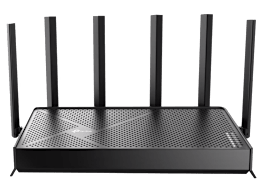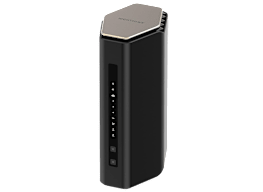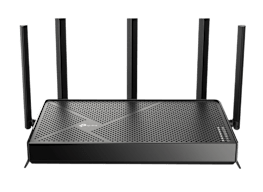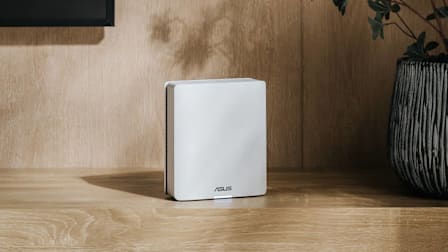The Juan Soto of Routers
A Mets fan adapts baseball sabermetrics to find a WiFi router that performs as well as the star slugger
When you shop through retailer links on our site, we may earn affiliate commissions. 100% of the fees we collect are used to support our nonprofit mission. Learn more.
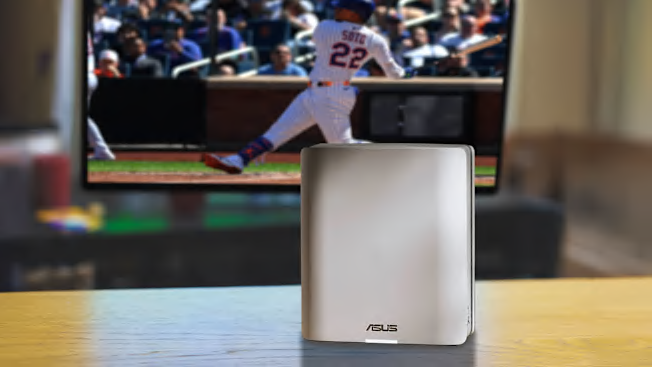
As a lifelong Mets fan, I can tell you this season was . . . challenging.
After a blistering start that had us all believin’, the team spent the summer in a slow-motion collapse that ended in the worst possible way: playoff elimination at the hands of the Cincinnati Reds on the final day of the season.
Sigh.
One of the only bright spots in an otherwise crummy year was watching Juan Soto, who became only the fifth Met in history to log 30 home runs and 30 stolen bases in a single season. Even though he took a few weeks to warm up at the beginning of the year, he did in fact become the player we all thought he’d be when he signed his big (and I mean big!) money contract late last year.
What does any of this have to do with WiFi routers?
In baseball, fans talk about WAR—wins above replacement—which is a simple way of asking how much better a player is than a basic, readily available substitute. According to Baseball Reference, the go-to source for advanced baseball stats, Soto was the top offensive weapon in the National League at the end of the regular season, with a WAR score of 7.0. (The sport’s overall leader at the end of the regular season was Aaron Judge, with a score of 9.7.)
This idea of trying to spot tried-and-true performance in a sea of high-priced alternatives was fresh in my mind a few weeks ago when I started combing through our in-depth WiFi router ratings. Instead of simply asking which router has the highest score, I thought, what if I used WAR as a guiding principle?

















